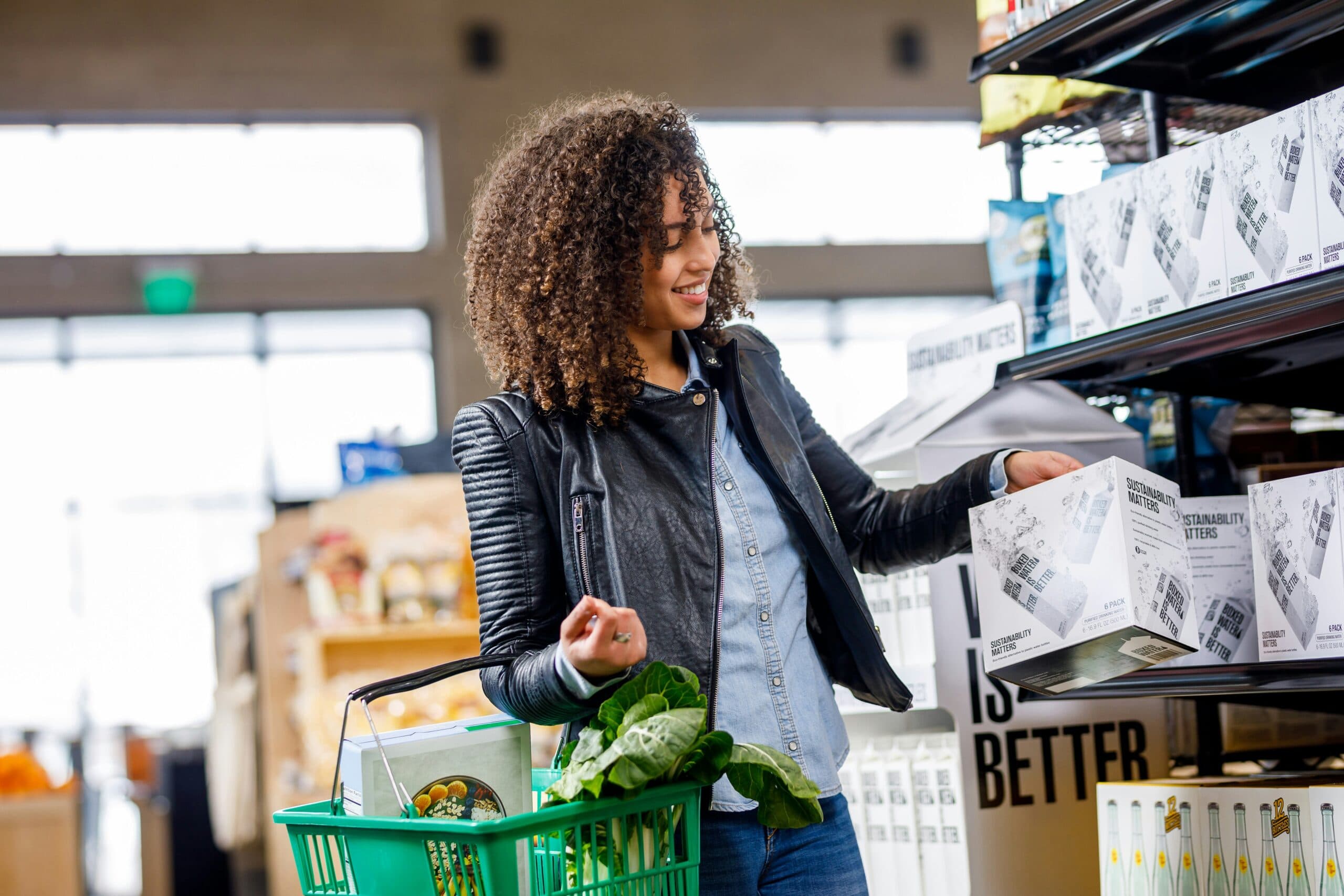
October 22, 2025
How to Grocery Shop for a Sustainable, Healthy Lifestyle
Introduction: The Power of Conscious Grocery Shopping
Learning how to grocery shop for a sustainable, healthy lifestyle is one of the most impactful ways to improve both your well-being and the planet’s health. Each purchase you make has a ripple effect, from the type of food you consume to the waste you create and the industries you support.
The great news? You don’t need to overhaul your entire routine overnight. By making intentional choices at the grocery store, you can reduce waste, support ethical food systems, and nourish your body with real, wholesome foods. This guide breaks down how to shop smarter by balancing nutrition, sustainability, and simplicity.
Step 1: Plan Before You Shop
The first step in learning how to grocery shop sustainably is simple: plan ahead. Without a plan, impulse buying often leads to food waste, extra packaging, and unnecessary spending.
Build a Smart Meal Framework
Start with a weekly meal outline instead of a rigid menu. Include:
-
Plant-forward meals (think grain bowls, veggie tacos, or lentil soups).
-
Reusable ingredients like beans, rice, and greens that appear in multiple dishes.
-
Seasonal produce for freshness and lower carbon footprint.
Planning helps you buy only what you’ll actually use, minimizing waste and maximizing nutrition.
Step 2: Prioritize Whole, Minimally Processed Foods
Sustainability begins with simplicity. Choosing whole foods over heavily processed products supports both your health and the environment.
Why Whole Foods Matter
-
Less packaging: Fresh fruits, vegetables, grains, and proteins require fewer materials.
-
Fewer additives: Minimally processed foods often have cleaner ingredient lists.
-
Lower emissions: Whole plant-based foods generally have smaller carbon footprints than packaged snacks or meat-heavy diets.
When possible, choose loose produce instead of pre-packaged, and bring reusable produce bags. Buying in bulk for staples like oats, nuts, or lentils further reduces single-use plastic.
Step 3: Shop Local and Seasonal
Supporting local farmers isn’t just trendy, it’s one of the most sustainable grocery habits you can build.
Benefits of Local Shopping
-
Fewer food miles: Less transportation = reduced greenhouse gas emissions.
-
Fresher produce: Food harvested closer to purchase retains more nutrients and flavor.
-
Stronger communities: You support small farms and local economies.
Pro Tip
Visit farmers markets or local co-ops, and ask vendors about their growing practices. Many small farms use organic or regenerative techniques even if they’re not certified.
For grocery stores, look for “locally sourced” or “grown in-state” signage, many major retailers now highlight regional suppliers.
Step 4: Look for Sustainable Certifications
Navigating labels can be confusing, but knowing which certifications matter makes eco-friendly grocery shopping easier and more transparent.
Certifications to Watch For
-
USDA Organic: Grown without synthetic pesticides or GMOs.
-
Fair Trade Certified: Supports ethical labor practices and sustainable sourcing.
-
Non-GMO Project Verified: Ensures ingredients aren’t genetically modified.
-
Rainforest Alliance Certified: Promotes biodiversity and fair farming standards.
-
Certified Humane: Animal products raised under ethical, welfare-focused standards.
These labels help you align your values with your purchases, turning your grocery cart into a vote for a healthier planet.
Step 5: Reduce Food and Packaging Waste
Zero-waste grocery shopping doesn’t have to mean fitting your weekly trash in a mason jar. It’s about making consistent, mindful changes that add up.
Easy Ways to Cut Waste
-
Bring reusable bags and jars. Keep them in your car or near the door so you never forget.
-
Buy in bulk. Grains, nuts, coffee, and spices can be purchased package-free.
-
Avoid single-use plastics. Choose glass jars, paper packaging, or compostable materials when available.
-
Compost food scraps. Many cities now offer compost pickup, if not, start a small bin at home.
-
Repurpose leftovers. Turn extra veggies into soups or smoothies before they spoil.
The EPA estimates that over 30% of food in the U.S. is wasted. By cutting down even a fraction, you help conserve water, land, and energy used in food production.
Step 6: Focus on a Sustainable Diet
A sustainable diet nourishes both you and the planet. It doesn’t require perfection or restriction, just balance and awareness.
Tips for a Planet-Friendly Diet
-
Go plant-forward: You don’t need to be vegetarian to make an impact. Aim for 2–3 plant-based meals per week.
-
Choose sustainably sourced seafood: Look for the MSC (Marine Stewardship Council) label.
-
Limit red meat: Swap beef for poultry or legumes a few nights a week.
-
Reduce ultra-processed foods: They often require high energy and packaging costs.
According to the United Nations, a global shift toward plant-rich diets could reduce food-related greenhouse gas emissions by up to 70%.
Step 7: Be Mindful of Water and Energy Use
When learning how to grocery shop sustainably, it’s not just about what you buy, it’s also about how it’s produced and stored.
Smart Tips
-
Choose drought-friendly crops: Foods like lentils and chickpeas use less water than almonds or beef.
-
Opt for frozen when needed: Frozen produce reduces spoilage and waste.
-
Store food properly: Keep fruits and vegetables in breathable containers to extend freshness.
Even small changes in storage and purchasing habits reduce your household’s environmental footprint.
Step 8: Stay Informed and Flexible
Sustainability is a journey, not a destination. Stay curious and open to learning new ways to improve your grocery habits.
Follow trusted resources like:
-
Environmental Working Group (EWG) — for clean produce guides.
-
USDA’s Sustainable Agriculture Research & Education Program — for eco-conscious farming insights.
-
FoodPrint.org — for sustainability news and tips.
Being flexible also helps you adapt to seasonal availability and local options, two pillars of eco-friendly grocery shopping.
Step 9: Build Long-Term Habits
Consistency matters more than perfection. Start with one or two changes each week, maybe bringing reusable bags, choosing local produce, or buying bulk grains. Over time, these actions become habits that naturally align your diet with your values.
Remember, how you grocery shop today shapes the world you’ll live in tomorrow.
Step 10: Take the Next Step Toward a Sustainable Lifestyle
If you’re ready to build a grocery routine that’s healthy for you and the planet, consider getting personalized support.
Contact Aisle Insights for a custom sustainability strategy, including tailored grocery lists, eco-friendly swaps, and meal planning guidance designed around your lifestyle and goals.
Recent Posts
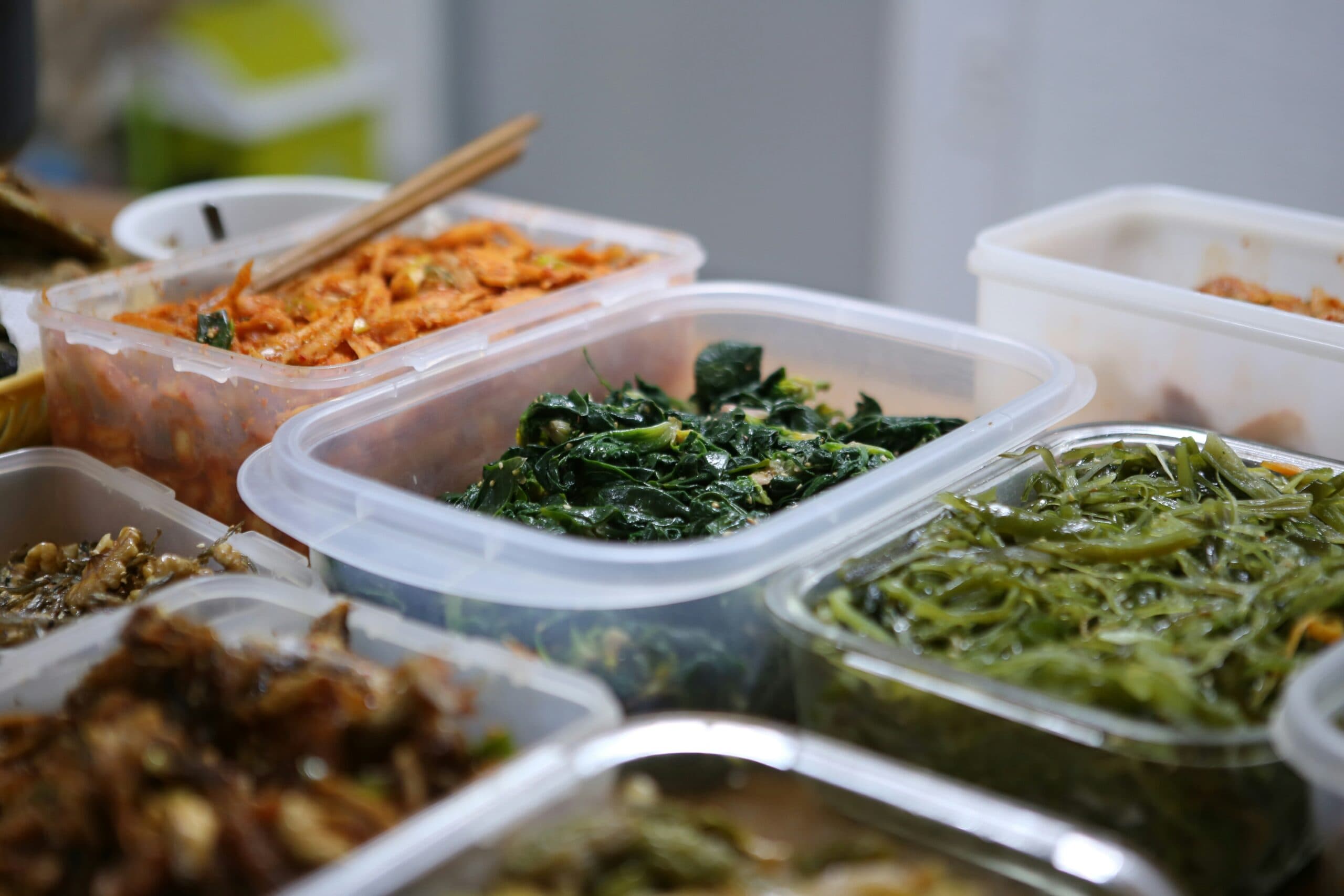
Meal Planning 101: Shop Smart for a Week of Healthy Meals
October 21, 2025

What is the Paleo Diet and How Could It Benefit You?
September 19, 2025
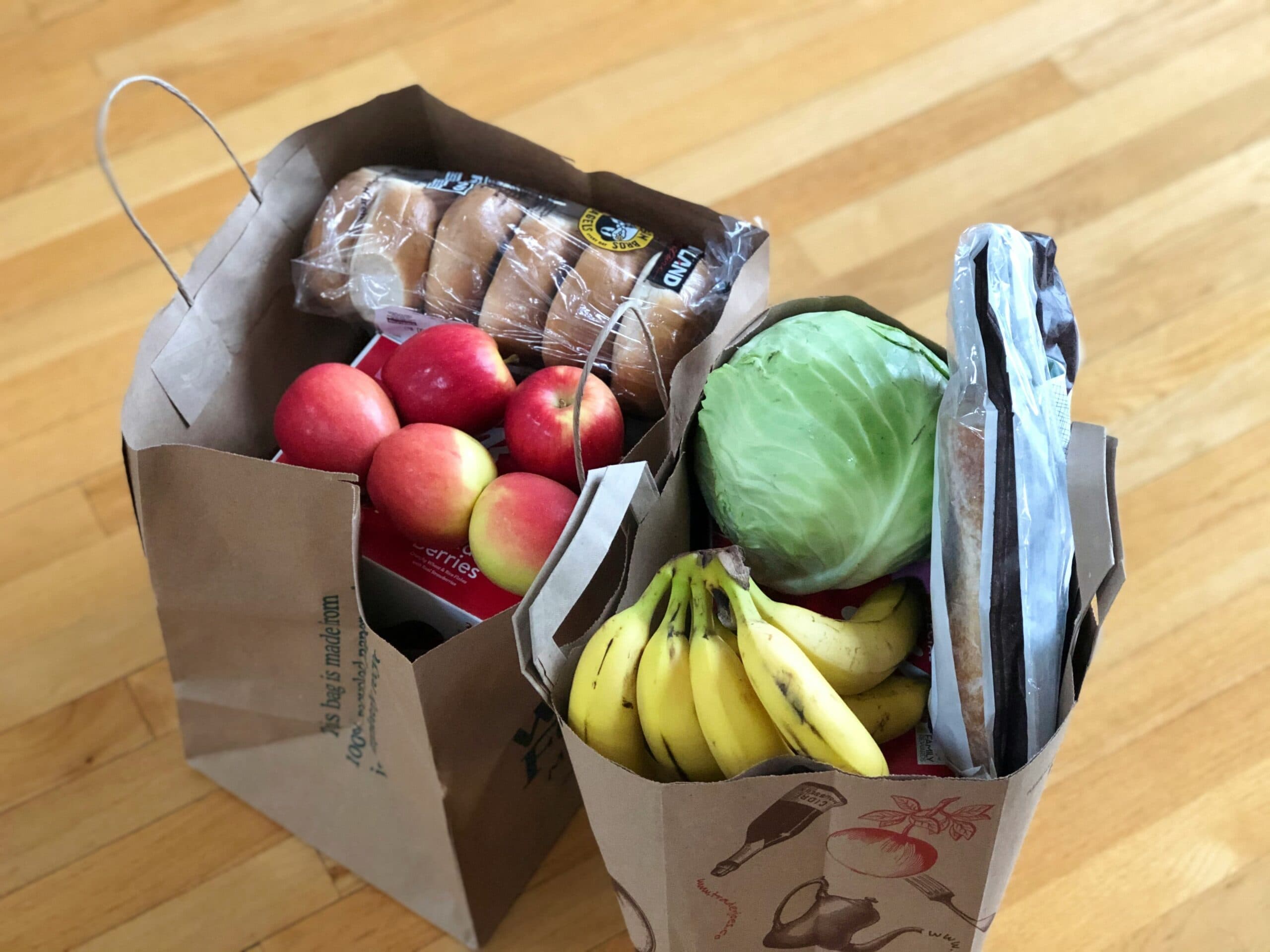
Healthier Grocery Shopping Choices: A Guide to Smarter Nutrition
September 18, 2025
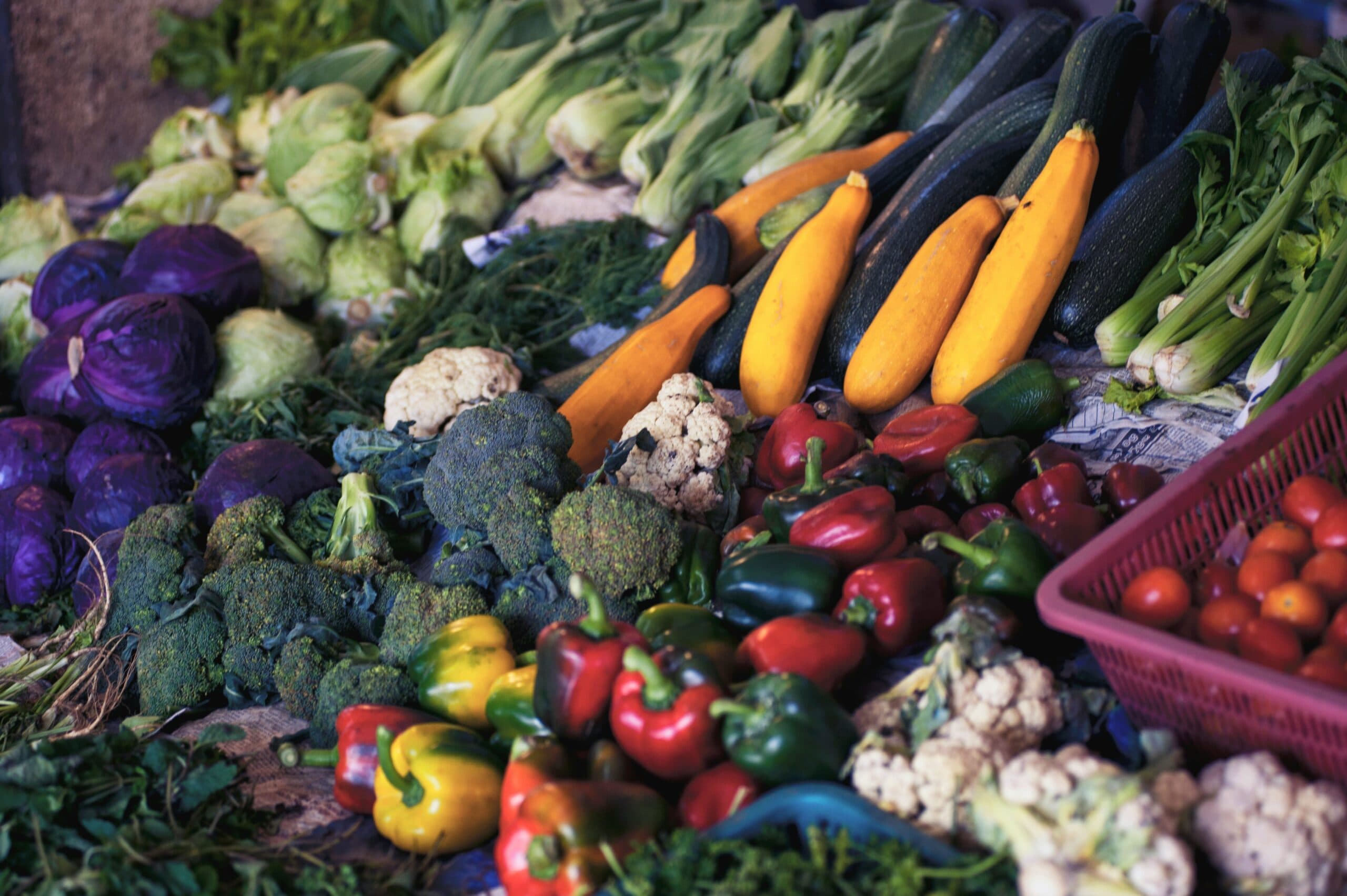
The Rainbow Diet: Why Eating a Variety of Colors is Key to Getting All Your Nutr...
August 13, 2025
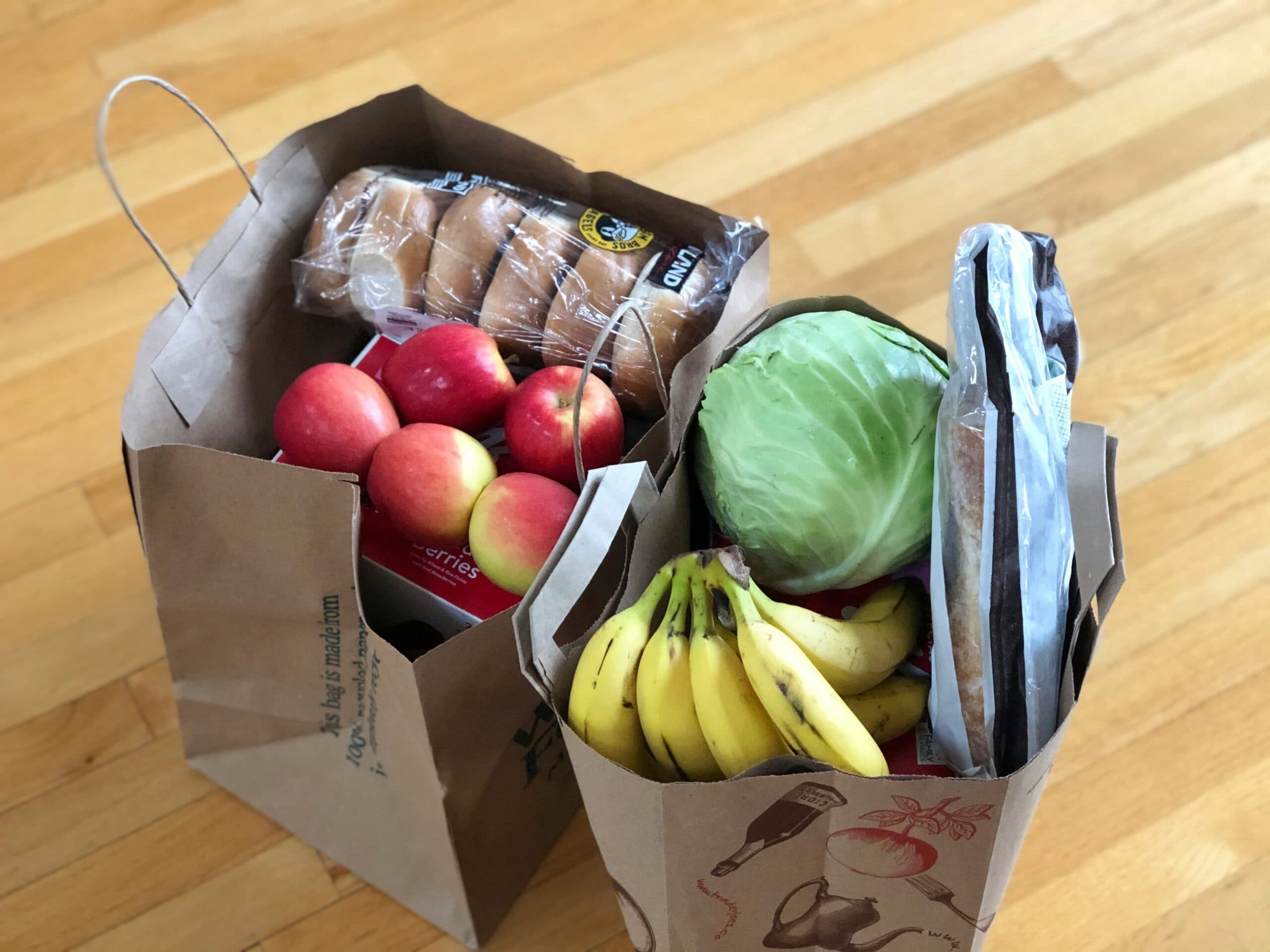
Grocery List for a Low-Processed Diet
August 12, 2025
